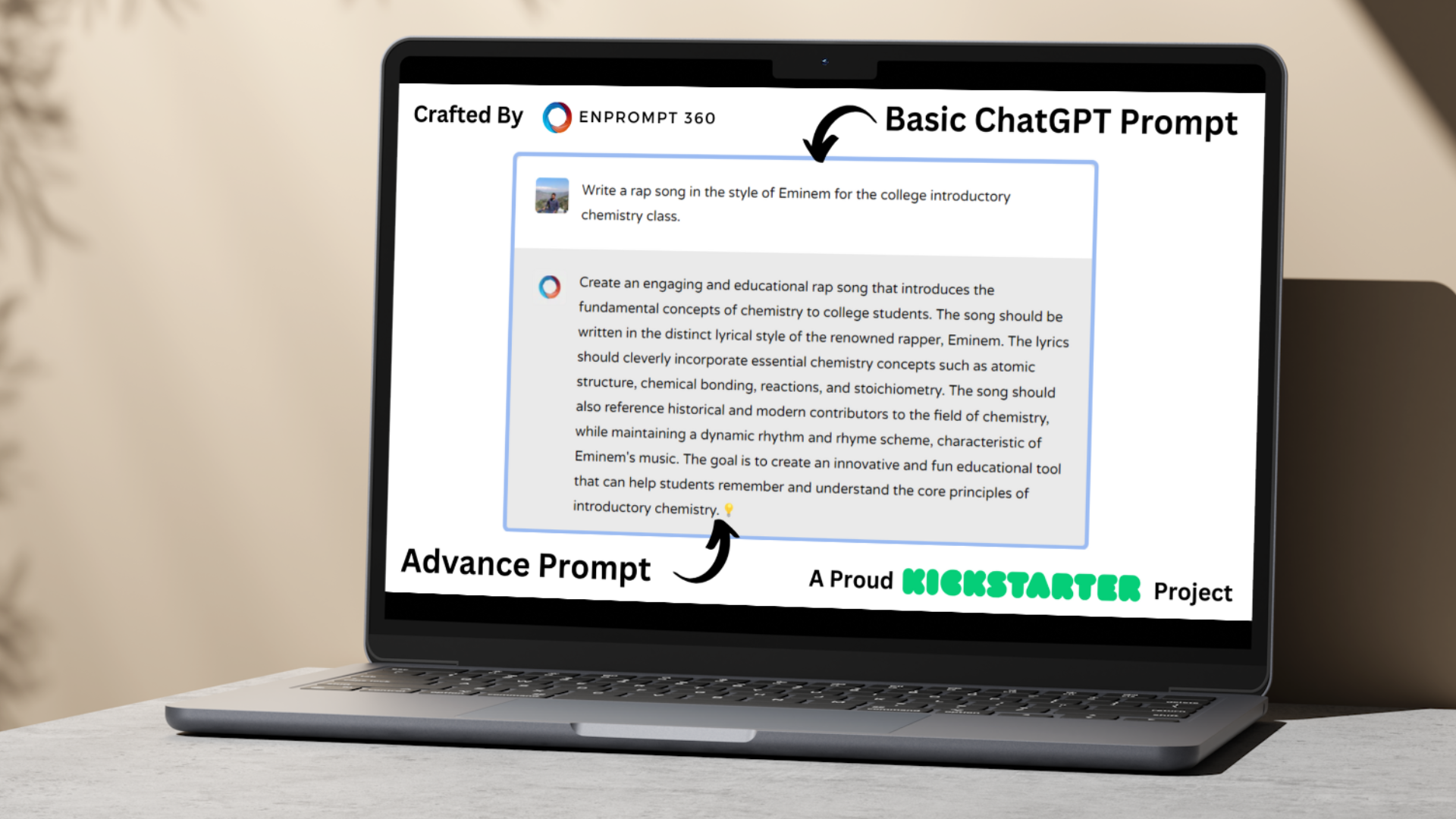ChatGPT Prompts for Horror Story Crafting
Harpreet K
Prompts :
1. Devise a chilling opening paragraph for a horror story set in an abandoned asylum.2. Outline a plot twist for a horror story that involves a seemingly harmless object turning sinister.
3. Generate a list of atmospheric descriptions for a haunted house that will unsettle readers.
4. Create a dialogue between characters facing an unknown terror in the dark.
5. Suggest ways to build suspense in a horror story leading up to a climactic reveal.
6. Compose a backstory for a villain or monster that is both horrifying and sympathetic.
7. Invent a horror story premise based on a local urban legend or folklore.
8. Provide tips for maintaining a dark and eerie tone throughout a horror narrative.
9. Craft a resolution for a horror story that leaves the reader with a lingering sense of unease.
10. Develop a set of rules for a cursed object in a horror story and the consequences of breaking them.
These prompts are designed to inspire creativity and assist in the development of various elements within a horror story, from setting and plot to character and tone. They encourage the use of ChatGPT's capabilities to enhance the horror storytelling process.
Crafting a horror story is an art that requires a delicate balance of suspense, atmosphere, and the unknown. The prompts provided by the Prompt Maker Agent are a treasure trove for any writer looking to delve into the macabre and the eerie. Let's explore these prompts and how they can be used to weave a tapestry of terror that will captivate and horrify readers.
1. The Abandoned Asylum
The prompt to devise a chilling opening paragraph for a horror story set in an abandoned asylum sets the stage for a classic horror setting. Asylums are inherently creepy, with their history of housing the mentally ill and the stories of mistreatment that often accompany them. An opening paragraph could introduce the decrepit state of the building, the echo of voices from the past, or the ominous feeling that something is still lingering within its walls.
2. The Sinister Object
A plot twist involving a seemingly harmless object turning sinister is a fantastic way to subvert readers'expectations. It could be a child's toy that begins to move on its own or an old mirror that reflects more than just the present. The key here is the contrast between the object's innocent appearance and its malevolent nature.
3. Haunted House Descriptions
Generating atmospheric descriptions for a haunted house is all about engaging the senses. Descriptions should paint a picture of decay, describe the chill in the air, the musty smell of old furniture, the soft whisper of voices, or the sudden drop in temperature. These elements work together to create an immersive and unsettling setting.
4. Dialogue in the Dark
Creating a dialogue between characters facing an unknown terror in the dark is a great exercise in building tension. The dialogue could be frantic, with short, clipped sentences as the characters try to make sense of what they can't see. The darkness itself becomes a character, oppressive and all-consuming.
5. Building Suspense
Suggesting ways to build suspense leading up to a climactic reveal involves pacing and misdirection. It's about the slow build-up, the red herrings, and the mounting dread that comes with knowing something terrible is about to happen. The reveal should be shocking but also earned, the result of carefully laid clues.
6. The Sympathetic Monster
Composing a backstory for a villain or monster that is both horrifying and sympathetic adds depth to the horror. It's the tragic history that makes the monster more than just a creature to be feared; it's a being with motives and pain that readers can understand, even if they can't condone its actions.
7. Urban Legend Premise
Inventing a horror story premise based on a local urban legend or folklore taps into the collective fears of a community. These stories are passed down for a reason; they speak to universal anxieties and the fear of the unknown. Using them as a foundation for a horror story gives it a sense of authenticity.
8. Maintaining a Dark Tone
Providing tips for maintaining a dark and eerie tone throughout a horror narrative is crucial for consistency. This can be achieved through the use of language, the reactions of characters, the setting, and the pacing. The tone should be one of impending doom, never letting the reader forget that something is not quite right.
9. Unsettling Resolution
Crafting a resolution that leaves the reader with a lingering sense of unease means avoiding a neat wrap-up. Perhaps the evil is vanquished, but at a great cost, or maybe it's not truly gone, just biding its time. The best horror stories are those that stay with the reader, haunting them long after the last page is turned.
10. The Cursed Object Rules
Developing a set of rules for a cursed object and the consequences of breaking them gives structure to the supernatural elements of a story. It creates a sense of foreboding and inevitability as characters interact with the object and inevitably break the rules, leading to their doom.
These prompts are not just starting points; they are the building blocks of a horror story that has the potential to grip readers with fear. They encourage writers to explore the depths of their imagination and to confront the things that go bump in the night. So, grab your pen, turn down the lights, and let the haunting begin.
Try for Free Now!

 Enprompt 360
Enprompt 360